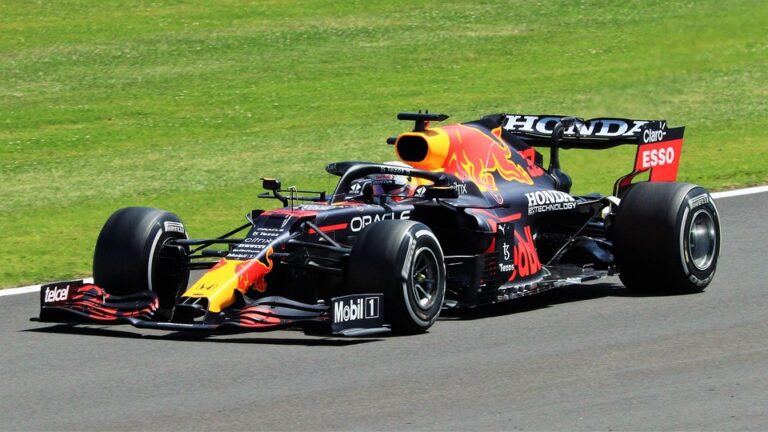Women in Sports Car Racing: Breaking Barriers and Making History
As the roar of engines fills the air and the crowd erupts with excitement, the world of sports car racing is transforming in remarkable ways. Women are seizing the driver’s seat, pushing boundaries, and reshaping the narrative of what it means to compete at the highest levels of motorsport. In this article, we explore the inspiring journeys of female racers, the barriers they are breaking, and the history they are making in this thrilling domain of sports cars.
The Rise of Women in Sports Car Racing
Historically, motorsport has been viewed as a male-dominated arena. For decades, women faced numerous challenges, from societal expectations to institutional barriers within racing organizations. However, today’s climate is changing; women are making an indelible mark in sports car racing, proving themselves as formidable talent on the track.
The visibility of successful female racers has sparked a seismic shift in perception. Increasingly, young women are inspired to pursue careers in sports car racing, encouraged by role models like Danica Patrick, Leena Gade, and Christina Nielsen, who have shattered records and excelled against their male counterparts.
Notable Female Pioneers
-
Danica Patrick: Perhaps one of the most recognized names in motorsports, Danica became the first woman to lead laps in the Indy 500 and achieved multiple top-ten finishes in the NASCAR series. Her success has made her a household name, greatly boosting the visibility of women in racing.
-
Leena Gade: Gade made headlines as the first female engineer to win the 24 Hours of Le Mans and has consistently advocated for more female representation in motorsport, both on and off the track.
- Christina Nielsen: As a two-time champion in the IMSA WeatherTech SportsCar Championship, Nielsen has proven that women can compete—and win—at the highest level of sports car racing.
These trailblazers, among many others, serve not only as competitors but also as powerful symbols of change in sports car racing.
Breaking Barriers in a Male-Dominated Sport
Women in sports car racing encounter various obstacles, including limited sponsorship opportunities, lack of support, and unequal recognition. However, recent efforts by organizations like the Women’s Sports Car Challenge and initiatives within racing leagues are paving the way for greater inclusion.
Key Barriers Women Face
-
Sponsorship Disparities: Often, female racers receive less funding and fewer promotion opportunities than their male peers, which can hinder their ability to compete effectively.
-
Media Representation: The media’s focus on male racers typically overshadows female talent, often resulting in a lack of coverage for female-only events or achievements.
- Cultural Stereotypes: Persistent stereotypes about women’s roles in motorsport continue to affect their acceptance within the racing community, despite growing evidence of their capabilities.
As female racers continue to break through these barriers, they not only open doors for themselves but also inspire a new generation of female motorsport enthusiasts.
The Impact of Female Racers on the Industry
The presence of women in sports car racing is enriching the sport in multifaceted ways. Their participation challenges traditional norms and introduces fresh perspectives—an essential element for growth and diversity within motorsport.
The Positive Effects
-
Increased Visibility: With more women competing, the media and sponsors are being forced to recognize female racers, leading to an increase in coverage and investment in women’s racing events.
-
Mentorship Opportunities: Fast-rising female stars often turn into mentors for aspiring racers, creating a supportive network that helps young women navigate the challenges of the sport.
- Diverse Perspectives: The inclusion of women in racing promotes innovation and creativity in race strategies and team dynamics, ultimately benefiting the sport as a whole.
Recognizing the Change
As we witness the essential changes within sports car racing, it’s crucial not just to celebrate these women but also to amplify their stories. Various platforms, including social media, racing websites, and automotive magazines, are dedicated to highlighting female racers, further validating their accomplishments.
Support Initiatives for Female Racers
-
Women in Motorsport: This organization promotes gender equality in motorsport through educational programs and advocacy, ensuring women have equitable access to racing opportunities.
- The FIA Women in Motorsport Commission: This initiative is aimed at increasing female participation and representation in motorsport across all disciplines and levels.
By drawing attention to these initiatives and stories, we can foster an environment where women’s contributions to sports car racing are recognized and celebrated.
Conclusion: The Future is Bright
As we look to the future of sports car racing, the contributions of women are invaluable. They are not only breaking barriers but also redefining the landscape of motorsport. The progress made by female racers is undeniable, and with continued support, the momentum will only grow stronger.
Women in sports car racing are truly making history, creating a legacy that will inspire countless others to enter the driver’s seat. The race has just begun, and as they buckle up for the journey ahead, the world will be watching—and cheering them on.
With continued efforts to support and celebrate female racers, the vision of a more inclusive motorsport environment is becoming a thriving reality. Let’s keep the momentum going!


